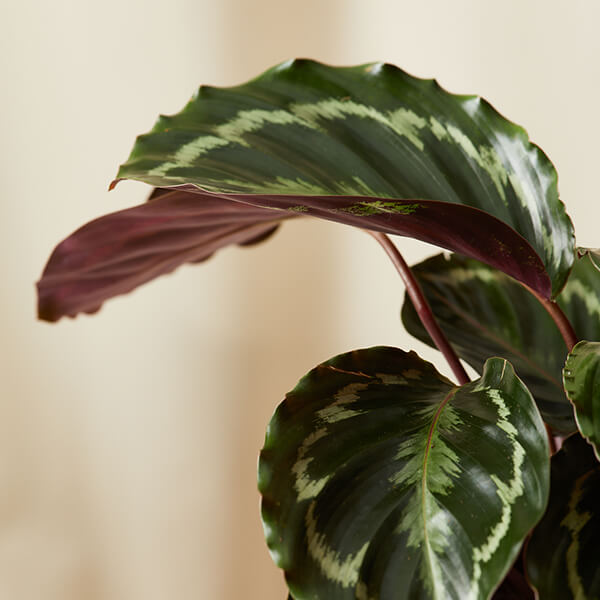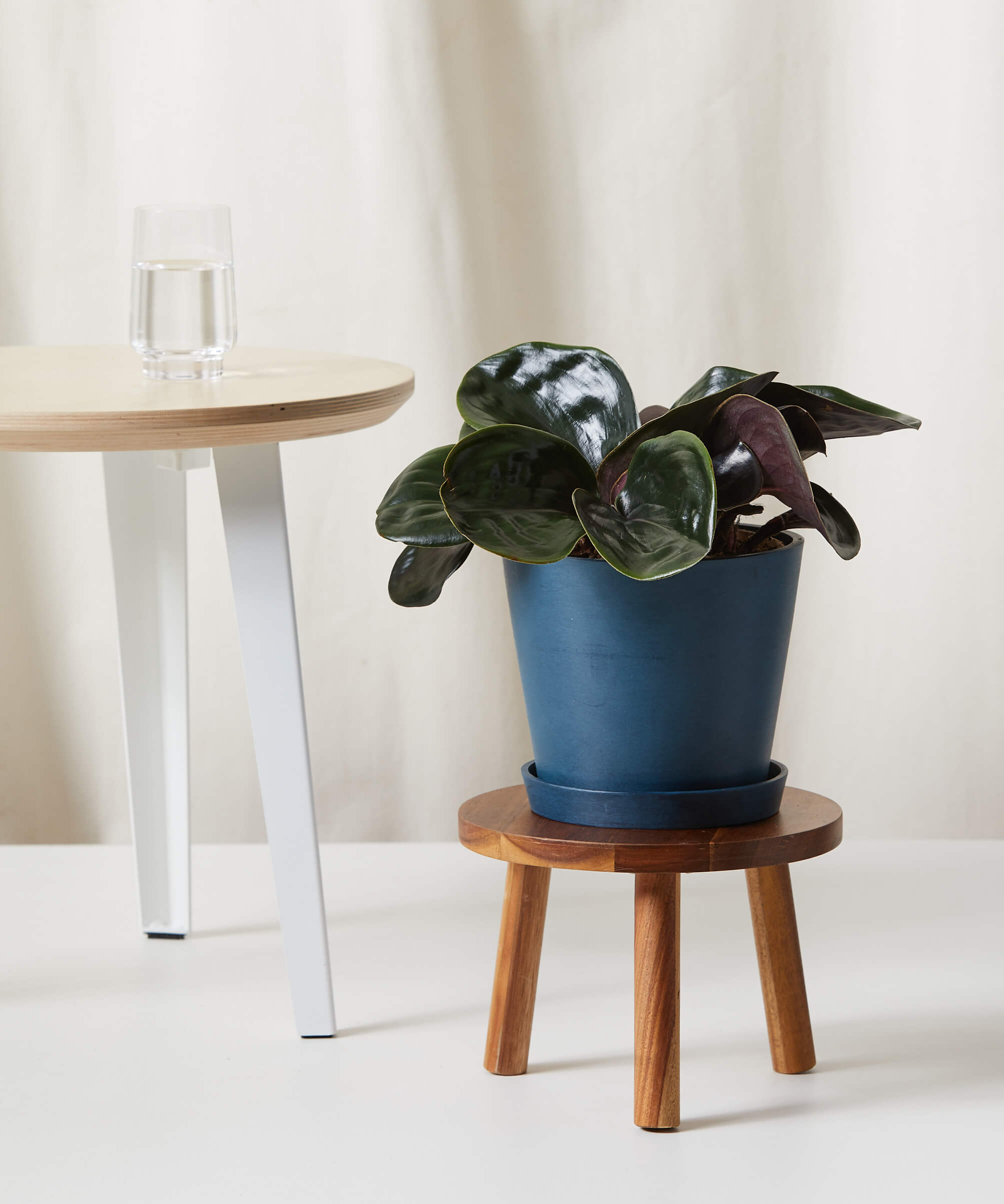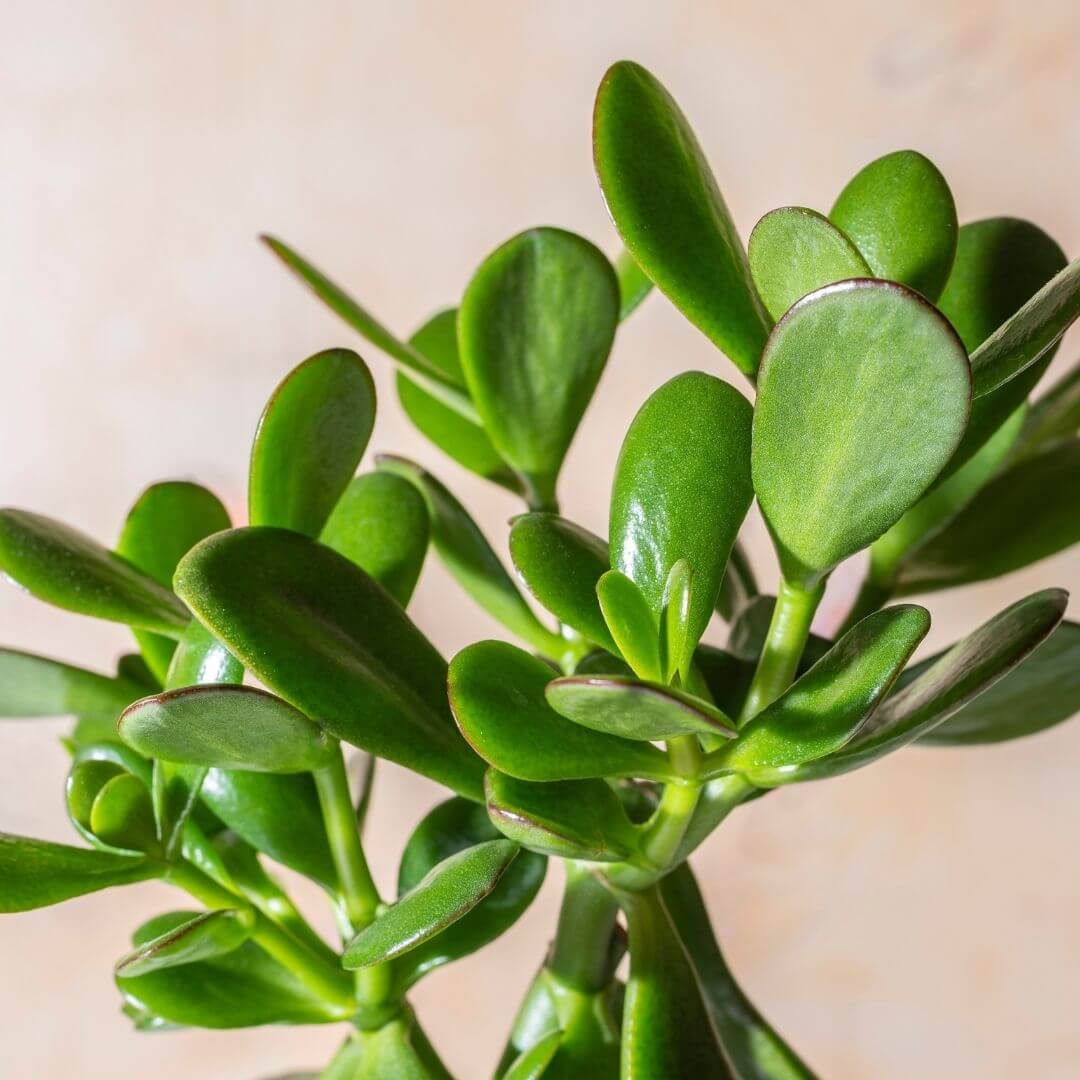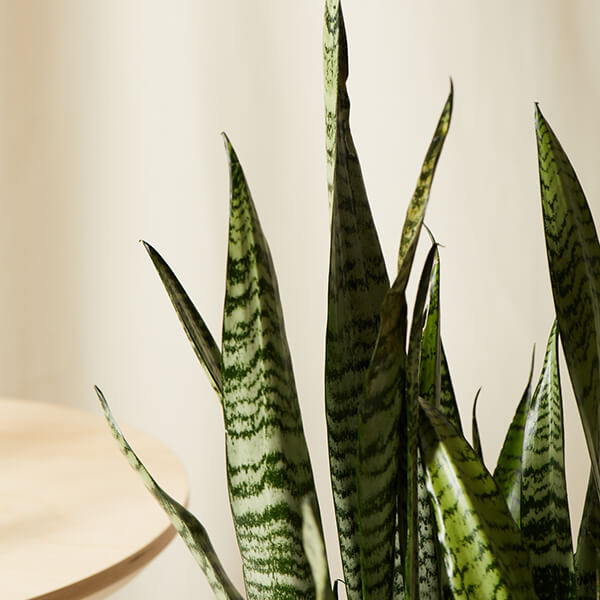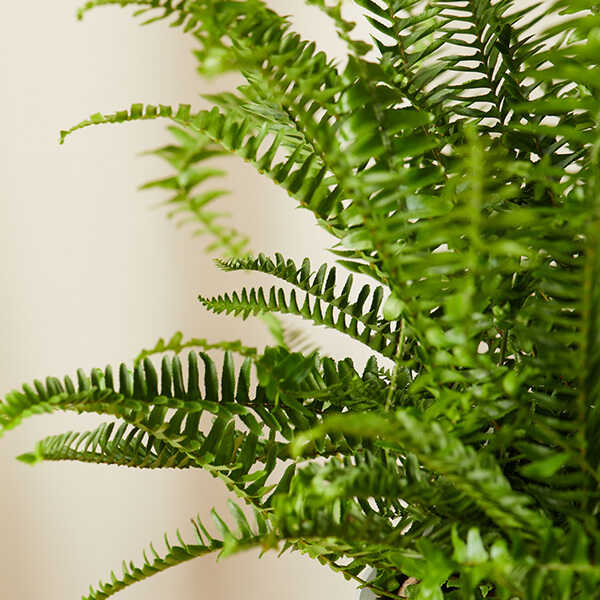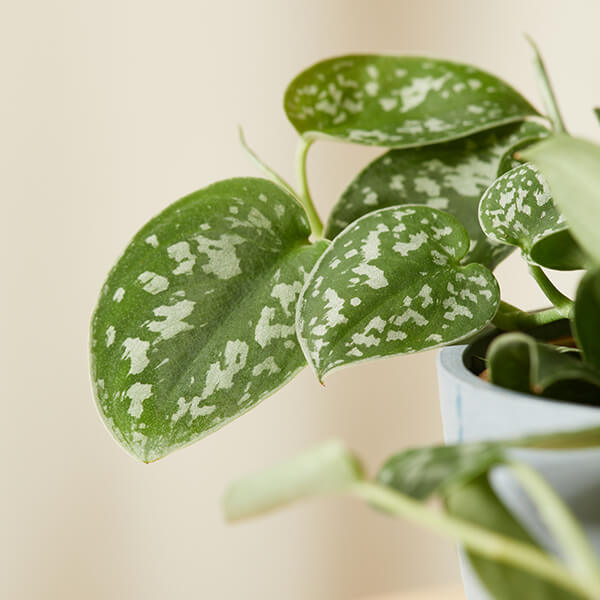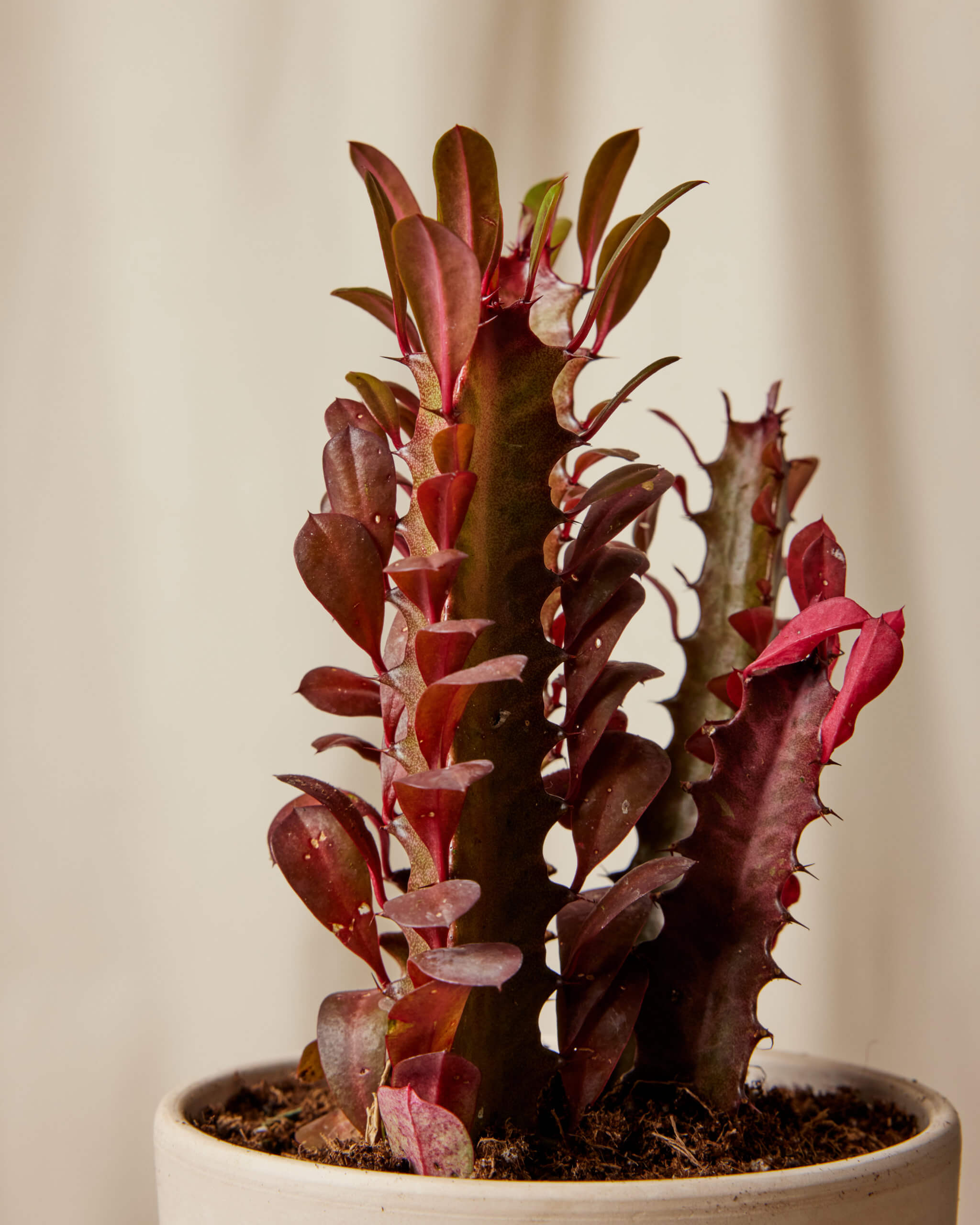Search
119 results found with an empty search
- Calathea | Plantastic
< Back Calathea Light: Your Calathea prefers medium to bright indirect light—so placing it in front of an east, west, or north window is ideal. Direct sun burns the leaves and causes the beautiful leaf colors to fade. Water: Water your Calathea when the top 25% of soil is dry. Water until liquid flows through the drainage hole at the bottom of the pot and discard any water that has accumulated in the saucer. Pet-Safe: Your Calathea is non-toxic to cats, dogs, and humans. Previous Next
- Geo Plant | Plantastic
< Back Geo Plant Light: Your Geo Plant prefers bright indirect light. Avoid extended exposure to direct sunlight which may cause its leaves to scorch. Water: Water when 25-50% of the soil volume is dry. Water slowly, allowing it to soak into the soil until it drips out of the drainage hole. Discard any excess water that accumulates in the saucer. Pet-Safe: This plant is considered non-toxic and pet-friendly. Previous Next
- Jade Plant | Plantastic
< Back Jade Plant Light: Give your Jade plant indirect to bright light. Too little light can cause overwatering and slow growth. Water: Your Jade Plant does not need to be watered as frequently as most indoor plants. Water only when the soil is completely dry. Water thoroughly until you see water flow out of the drainage hole. Make sure there is no standing water left in the saucer, as this can lead to root rot. Pet-Safe: Your Jade Plant is considered to be toxic. Previous Next
- Sansevieria | Plantastic
< Back Sansevieria Light: Your Snake Plant can tolerate any light level. The brighter the light, the faster it will grow. Always acclimate the plant over a few weeks if moving from indirect to direct light to avoid scorching the foliage. Water: Water only when the soil volume is 100% dry. It’s better to err on the dry side. Water thoroughly to encourage a healthy root system and discard any excess water in the saucer. Pet-Safe: Snake Plants are toxic to humans and pets if ingested. Previous Next
- Fern | Plantastic
< Back Fern Light: Your fern will do best in medium to low light. The more light it receives, the more the leaves will crinkle and the less light, the flatter the leaves will be. Keep in mind, too much light or extended periods of direct sunlight will cause the fronds on the fern to get a pale bleached color. Water: Water when the top 25% of the soil is dry. When watering, water only the soil – not the leaves. Water accumulating in the crown of your plant could lead to bacterial growth and potential leaf rot. Water until liquid flows through the drainage hole at the bottom of the pot and discard any water that has accumulated in the saucer. Pet-Safe: Ferns are non-poisonous plants and safe for humans, dogs and cats. Previous Next
- Pothos | Plantastic
< Back Pothos Light: Your Pothos prefers indirect bright light. It can tolerate lower light, but growth will slow and the colors may fade. Direct light can scorch the leaves. Water: Water when 50-75% of the soil volume is dry. Water until liquid flows through the drainage hole at the bottom of the pot and discard any water that has accumulated in the saucer. Pet-Safe: Your Pothos is considered toxic to humans and pets if ingested. Previous Next
- Euphorbia | Plantastic
< Back Euphorbia Light: Your euphorbia needs bright direct light. This means a spot that gets 6 plus hours of direct sun per day. Water: Water your euphorbia when the soil volume is 100% dry. Water thoroughly until it flows out of the drainage hole. Discard excess water to discourage root rot. Pet-Safe: The euphorbias are toxic to humans and pets. Previous Next
- Schefflera | Plantastic
< Back Schefflera Light: Your Schefflera prefers bright indirect light. It can also tolerate medium and low light, but growth will slow. Direct sun in the early morning and late afternoon is fine, but avoid exposure to the harsh midday sun which can scorch the leaves. Water: Water when 75% of the soil volume is dry. Water slowly, allowing it to soak into the soil, until it flows freely through the drainage hole. Discard any excess water that accumulates in the saucer. Pet-Safe: This plant is considered toxic to pets and humans if ingested. Previous Next
- Palm | Plantastic
< Back Palm Light: Your Palm prefers bright indirect light but can adapt to medium to low light areas. Water: Water your Palm when the top 50% of the soil is dry. Water until liquid flows through the drainage hole at the bottom of the pot and discard any water that has accumulated in the saucer. Pet-Safe: Completely non-toxic to humans and pets. Previous Next
- About | Plantastic
About Us Our growth to where we are today. From Sprout to Full Grown We started small, looking at the plant websites around town, before realizing we could grow into one ourselves. Here we are now, a website for everyone to learn to love and care for plants. We couldn't be sprouter. Meet the Team! Me Just me
